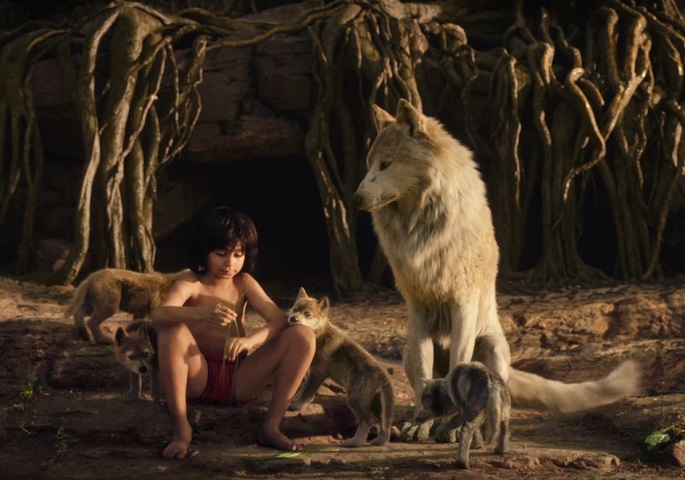Timeless tales transcend periods, which explains why they are called as such, and movies, though not always loyal to the original plot, try to immortalize them from time to time even when there’s a war raging.
In the case of the classic “The Jungle Book,” it received its first screen adaptation during World War II (1939-1945).
Hungarian-born Alexander Korda used the $300,000 lent by American entertainment studio United Artists to produce Rudyard Kipling’s "Jungle Book.” His younger brother Zoltan filmed it in a Hollywood studio because of the war in Europe, according to BFI Screenonline.
One of its posters says: “Mowgli, half-boy, half wolf . . . armed only with a knife and the love of the girl, meets the challenge of Shere-Khan, the Killer Tiger!”
Released in April 1942, it grossed $1.3 million, reported Variety on Jan. 6, 1943.
Walt Disney Productions produced its own version, an animated musical released in Oct. 1967, almost a year after its founder, Walt Disney, died. German Wolfgang Reitherman, one of the company’s nine principal animators, directed it.
The $4-million-adventure film earned $205.8 million worldwide, according to the Big Cartoon Database.
Russian Roman Davydov combined his five animated short films “Raksha” (1967), “The Kidnapping” (1968), “Akela’s Last Hunting” (1969), “The Fight” (1970) and “A Return to People” (1971), and the result was the feature film, “Adventures of Mowgli” released in 1973, according to Russian site Animator.ru.
After portraying Bruce Lee in the big screen, Jason Scott Lee took the lead role in American Stephen Sommers’ 1994 live-action adaptation, “Rudyard Kipling’s The Jungle Book.”
South African-born Dee McLachlan’s “The Second Jungle Book: Mowgli & Baloo” was shown in 1997.
Born in Bombay, India, English Nobel laureate Rudyard Kipling (1865-1936) wrote “The Jungle Book,” a collection of stories published in 1894. Its sequel, “The Second Jungle Book,” appeared the following year.
Kipling wrote numerous poems, short stories and novels, and in 1907, he received the Nobel Prize for Literature. He also worked as a journalist for seven years in India, according to Encyclopaedia Britannica.
His parents named him after a 17th-century artificial reservoir--Rudyard Lake--in Staffordshire, England, where they met in 1863, according to the lake’s website.
For the story’s 2016 retelling, Walt Disney Pictures and Fairview Entertainment’s “The Jungle Book,” directed and co-produced by American actor-filmmaker Jon Favreau, shows how digital technology can further enhance remakes and boost a movie’s visual impact.
During an international press conference, Favreau said, “He [Disney chairman Alan Horn] realized that the technology may have come to a point where you can actually tell a story in a different way.”
Indian-American Neel Sethi plays the role of the jungle boy.
When Sethi guested at “Jimmy Kimmel Live!,” the Emmy-winning host asked him in jest, “Did you like wearing your underpants in the whole movie?”
Wearing a suit and tie and seated on the couch with his feet barely touching the floor, the 13-year-old newcomer gamely responded, “It was surprisingly very comfortable.”
The film features the voices of some of the biggest names in Hollywood: Christopher Walken (King Louie the ape), Ben Kingsley (Bagheera the panther and the movie’s narrator), Bill Murray (Baloo the bear) and the “hypnotic” Scarlett Johansson (Kaa the python).
Favreau voiced the pygmy hog, and fellow director Sam Raimi (“Spider-Man” trilogy) also lent his voice for the Indian giant squirrel.
Ten days after its release in China, ticket sales in the country are “approaching $100 million,” reported Los Angeles Times.
So far, “The Jungle Book,” with a $175-million production budget, has grossed $532.7 million worldwide, according to Box Office Mojo.




























